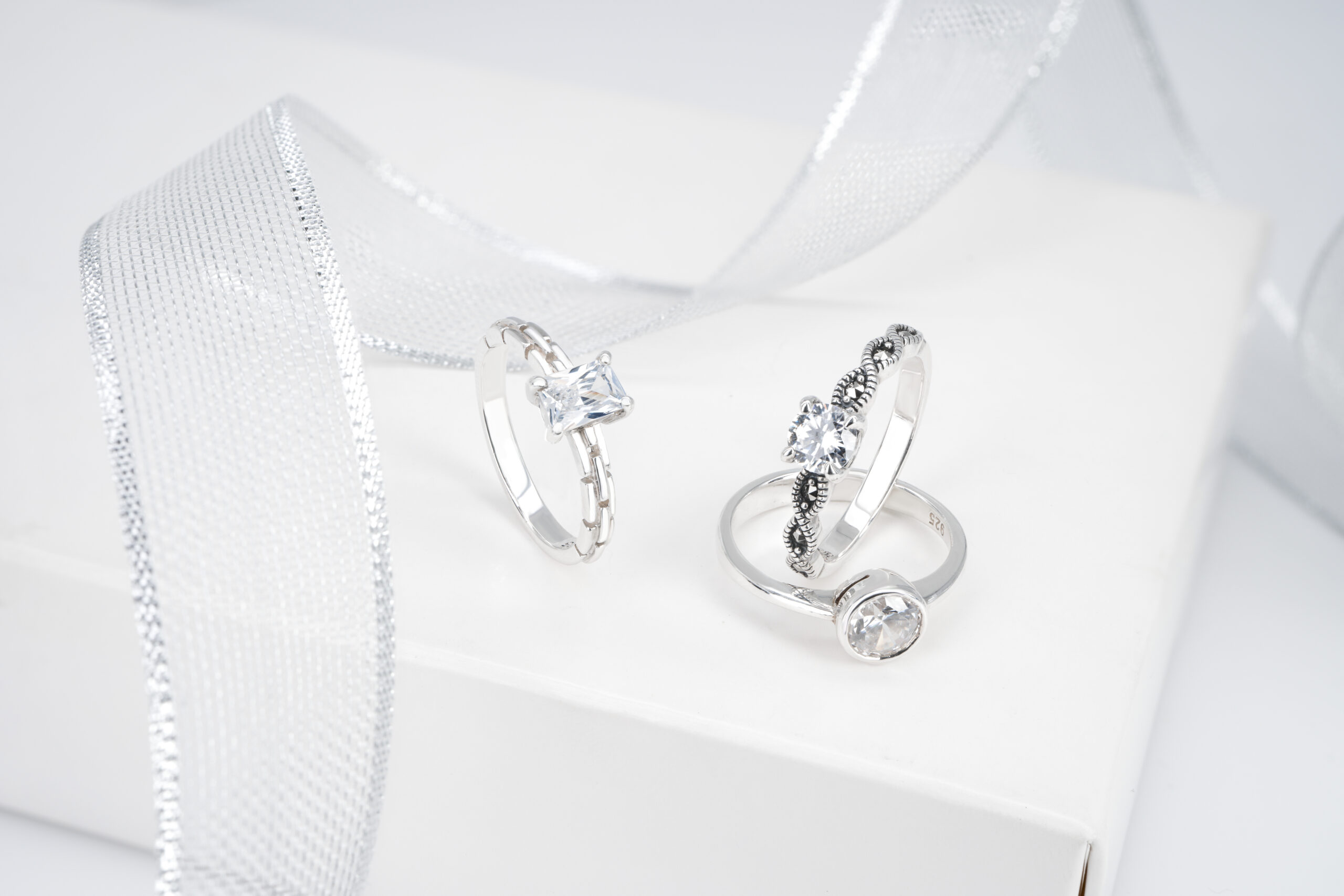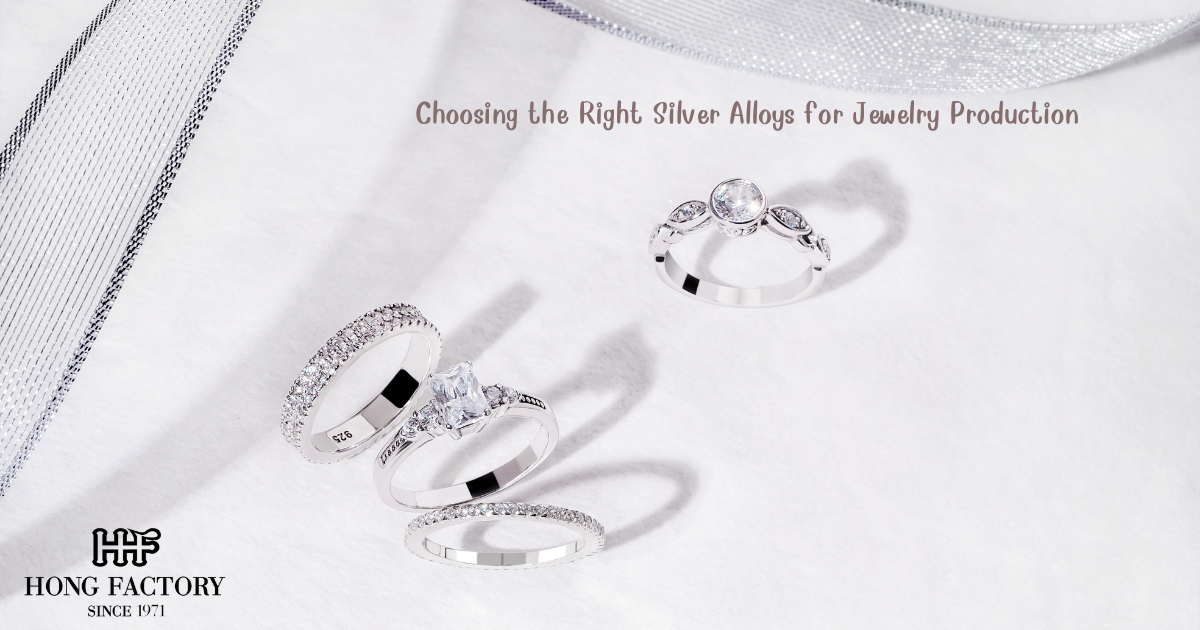Creating quality jewelry requires more than just beautiful design—it starts with selecting the right materials. For silver jewelry, this means choosing the appropriate silver alloys.
Silver in its pure form is too soft for most practical applications, so it’s often combined with other metals to enhance its strength, durability, and aesthetic. In this article, we’ll explore the most common silver alloys used in jewelry production and how to choose the right one for your needs. How long does it take for a nose piercing to close

Silver Alloys: What You Need to Know
Silver alloys are mixtures of silver and other metals. These combinations improve the characteristics of silver, making it more suitable for everyday wear and complex designs. Here are some of the most popular silver alloys in jewelry making:
1. Sterling Silver (92.5% Silver, 7.5% Copper)
Sterling silver is the most widely used silver alloy in jewelry. It’s made up of 92.5% pure silver and 7.5% copper, providing a strong balance of shine, strength, and affordability.
Pros:
- Highly durable for rings, chains, and earrings
- Takes polish well and maintains a bright finish
- Widely recognized and valued in the market
Cons:
- Can tarnish over time due to copper content
- Requires regular cleaning and care
2. Argentium Silver (93.5% or 96% Silver + Germanium)
Argentium is a modern silver alloy designed to resist tarnish better than traditional sterling. It replaces some of the copper with germanium, enhancing corrosion resistance.
Pros:
- Tarnish-resistant and easy to maintain
- Hypoallergenic and ideal for sensitive skin
- Stronger than traditional sterling silver
Cons:
- More expensive than regular sterling
- Less widely available, especially in some regions
3. Coin Silver (90% Silver, 10% Copper)
Historically used in American silver coins, this alloy is still found in some vintage jewelry. It is less common in modern production but retains a strong heritage appeal.
Pros:
- Durable and historically significant
- Warm tone with vintage character
Cons:
- Lower silver content than sterling
- Can be harder to source in bulk

4. Fine Silver (99.9% Silver)
Also known as pure silver, fine silver is used in high-end, delicate pieces where maximum purity is desired. However, it is soft and can be prone to scratches or bending.
Pros:
- Excellent for pendants and non-impact designs
- Tarnish-resistant compared to sterling
- Hypoallergenic
Cons:
- Too soft for rings or items under frequent wear
- More expensive due to higher silver content
Choosing the Best Alloy for Your Jewelry Business
The ideal silver alloy depends on your design goals, target market, and manufacturing process. Consider the following:
- Durability Needs: For daily-wear items like rings or bracelets, sterling or Argentium silver is a better choice.
- Design Complexity: Fine silver is easier to mold but more fragile, so it’s better for detailed, low-wear pieces.
- Customer Preferences: Some customers may prefer hypoallergenic options like Argentium or fine silver.
- Production Scale: Sterling silver is readily available and cost-effective for mass production.
Understanding silver alloys is essential for creating high-quality, durable, and marketable jewelry. From the popular sterling silver to advanced options like Argentium, each alloy offers unique advantages and limitations.
By aligning your material choices with your design intent and customer needs, you can produce pieces that not only look stunning but also stand the test of time.
Whether you’re an emerging jewelry brand or a seasoned manufacturer, choosing the right silver alloys is a foundational step toward long-term success in the jewelry industry.
